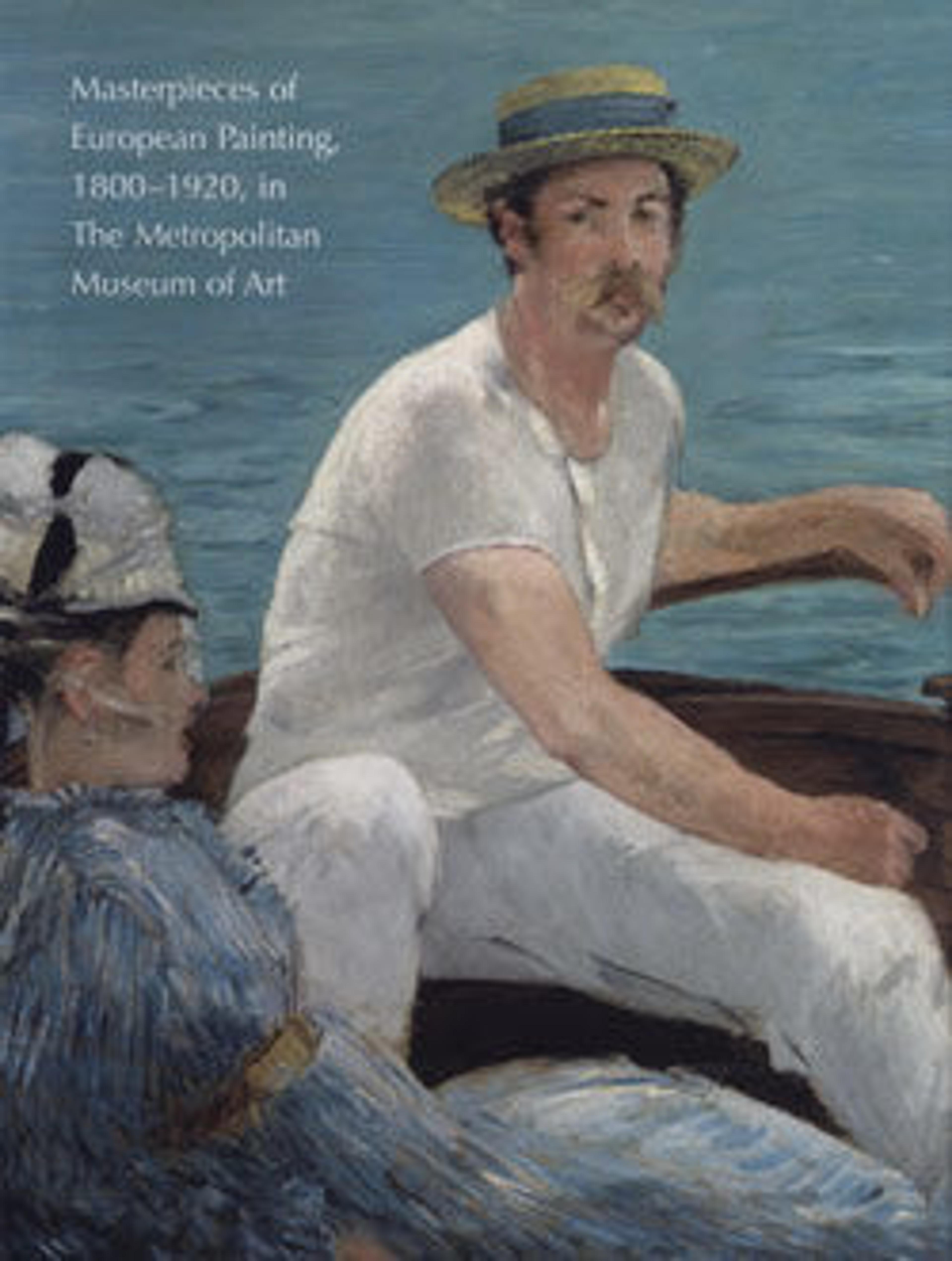The Burning of Sodom (formerly "The Destruction of Sodom")
This biblical scene shows an angel in the sky hurling fire and brimstone down upon Sodom, to destroy the city for its wickedness. At the left, another angel leads Lot and his two daughters to safety. Behind them, Lot's wife, who looked back in regret despite a warning, has become a pillar of salt.
Years after Corot exhibited the painting at the Paris Salon of 1844, he cut it down substantially, reducing the sky and the landscape at right. He repainted the foreground in a darker palette and exhibited the revised canvas at the 1857 Salon. By then his stature ensured a better reception from the critics.
Years after Corot exhibited the painting at the Paris Salon of 1844, he cut it down substantially, reducing the sky and the landscape at right. He repainted the foreground in a darker palette and exhibited the revised canvas at the 1857 Salon. By then his stature ensured a better reception from the critics.
Artwork Details
- Title: The Burning of Sodom (formerly "The Destruction of Sodom")
- Artist: Camille Corot (French, Paris 1796–1875 Paris)
- Date: 1843 and 1857
- Medium: Oil on canvas
- Dimensions: 36 3/8 x 71 3/8 in. (92.4 x 181.3 cm)
- Classification: Paintings
- Credit Line: H. O. Havemeyer Collection, Bequest of Mrs. H. O. Havemeyer, 1929
- Object Number: 29.100.18
- Curatorial Department: European Paintings
More Artwork
Research Resources
The Met provides unparalleled resources for research and welcomes an international community of students and scholars. The Met's Open Access API is where creators and researchers can connect to the The Met collection. Open Access data and public domain images are available for unrestricted commercial and noncommercial use without permission or fee.
To request images under copyright and other restrictions, please use this Image Request form.
Feedback
We continue to research and examine historical and cultural context for objects in The Met collection. If you have comments or questions about this object record, please complete and submit this form. The Museum looks forward to receiving your comments.
